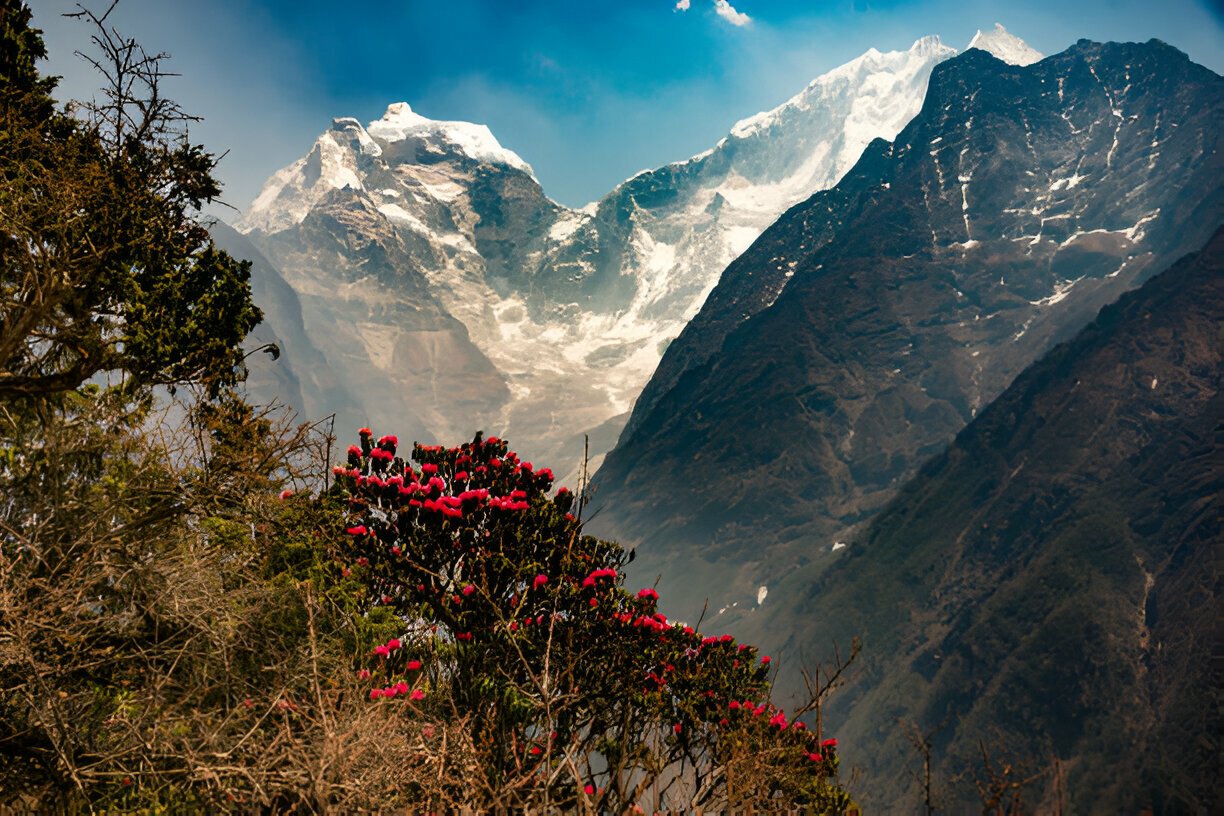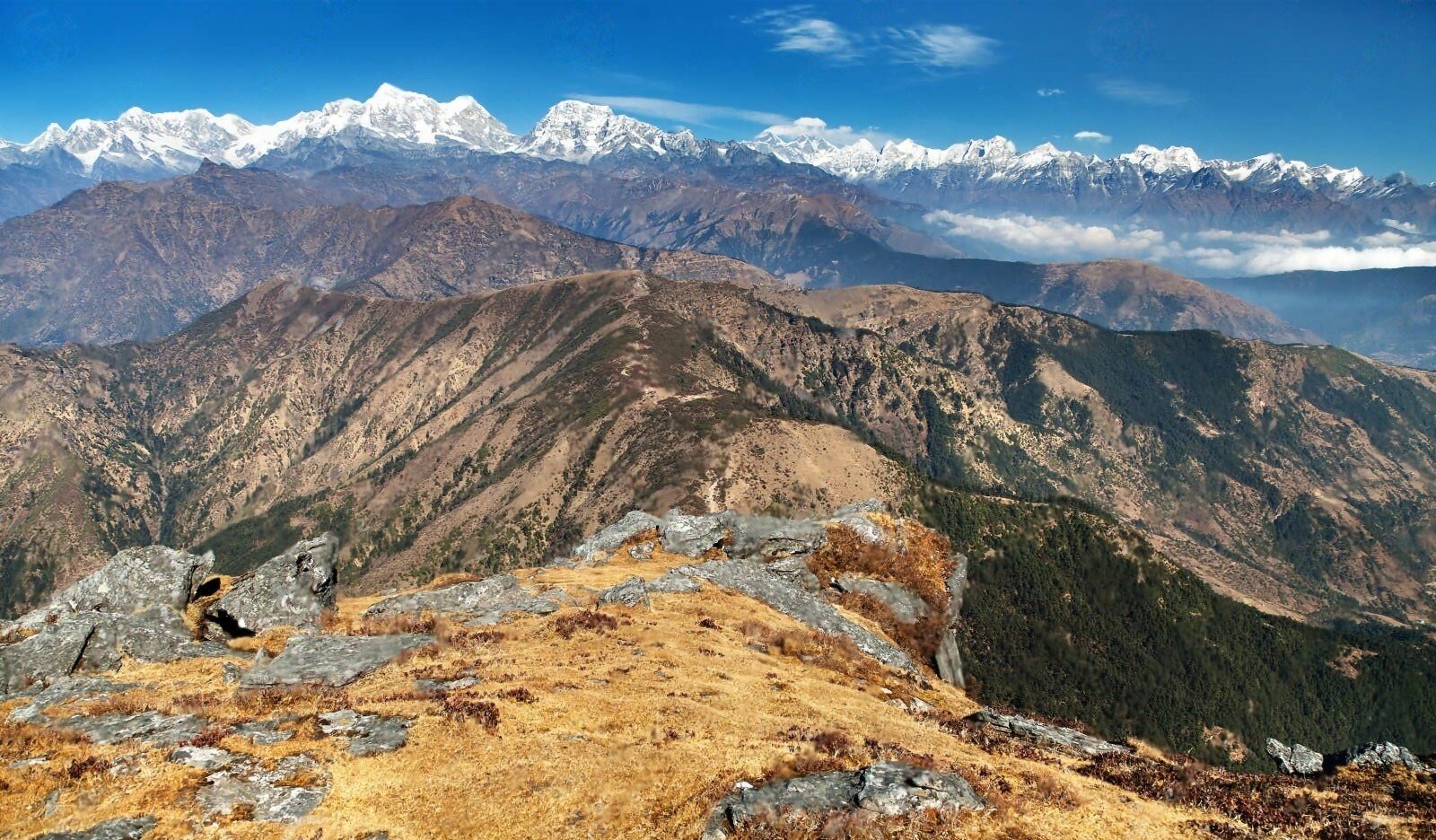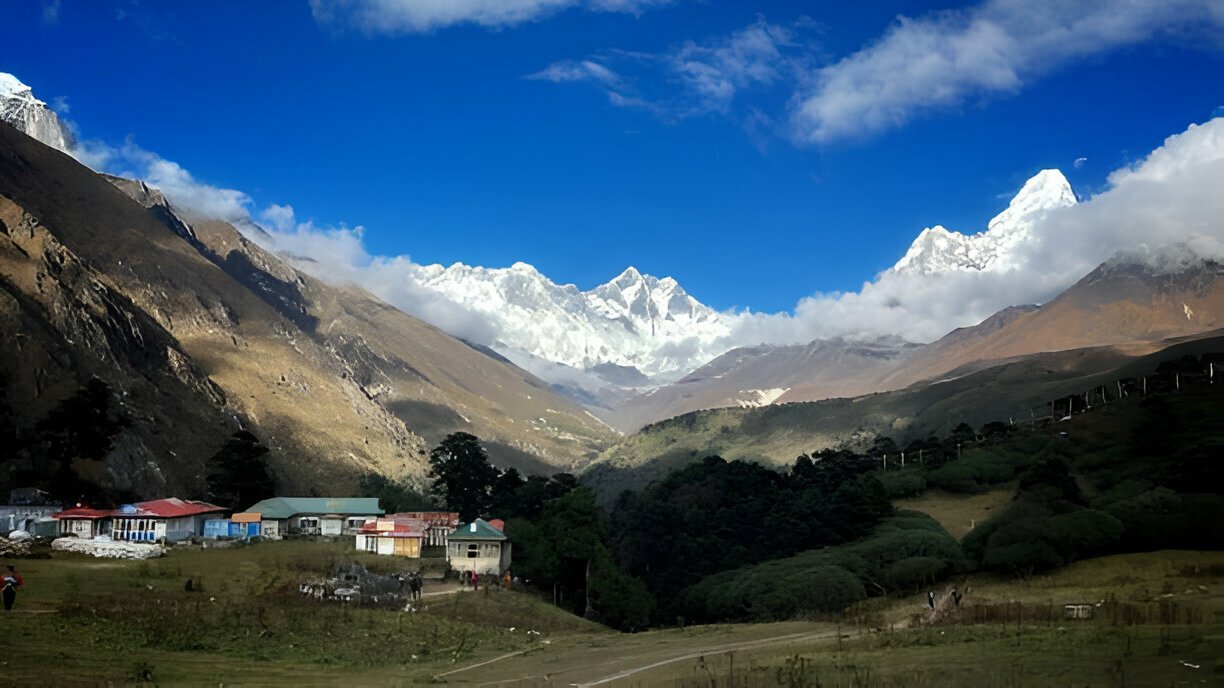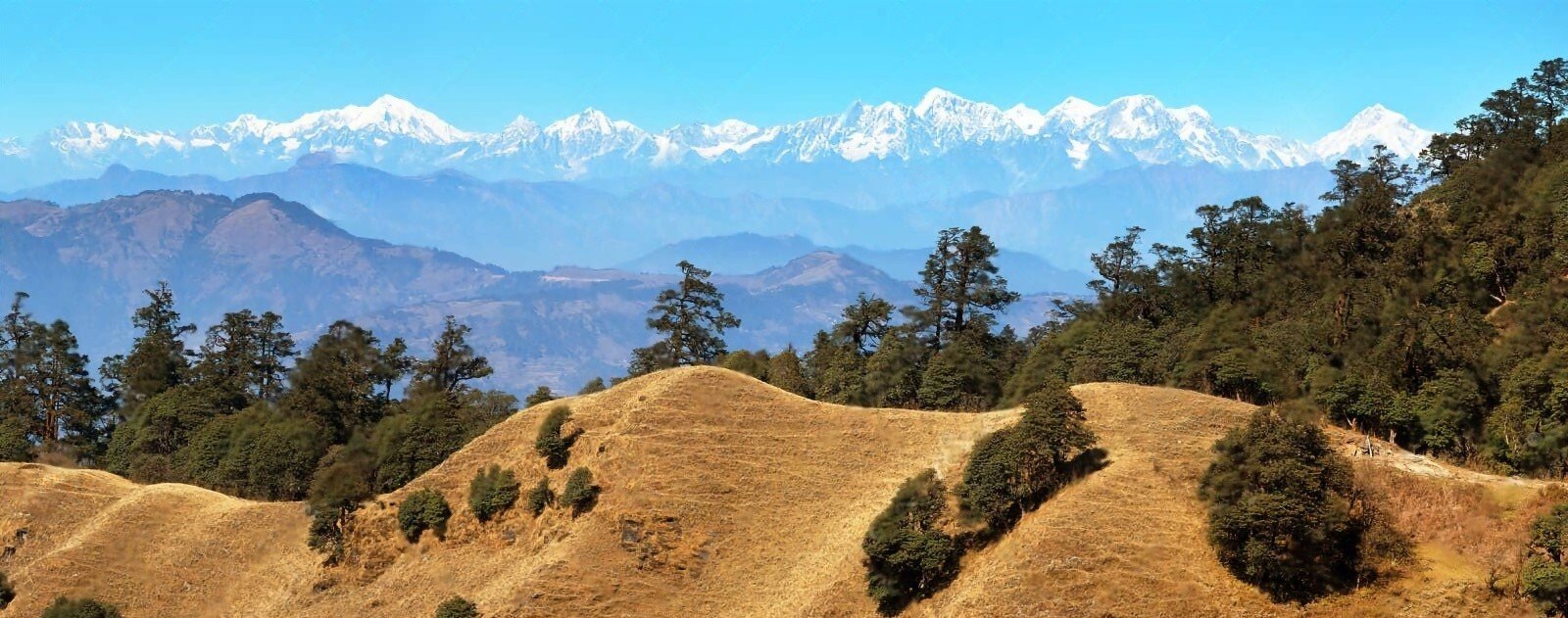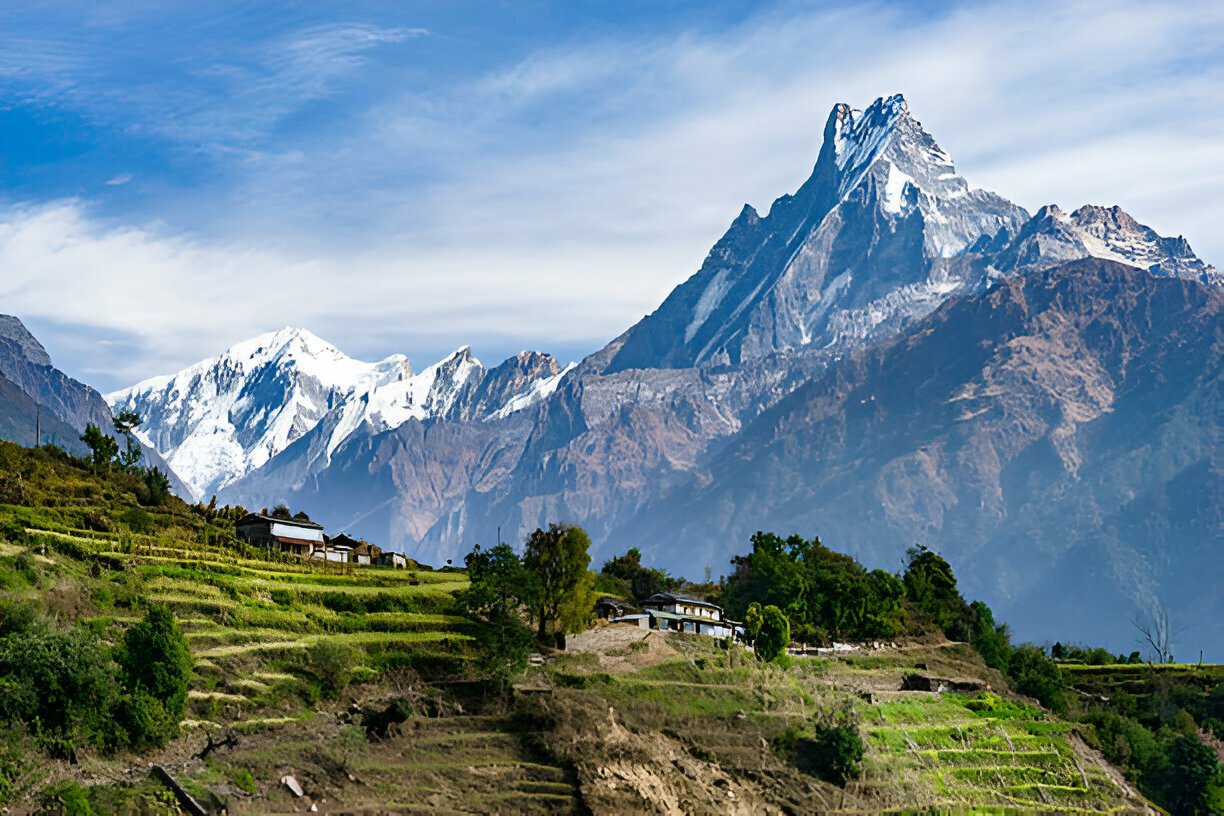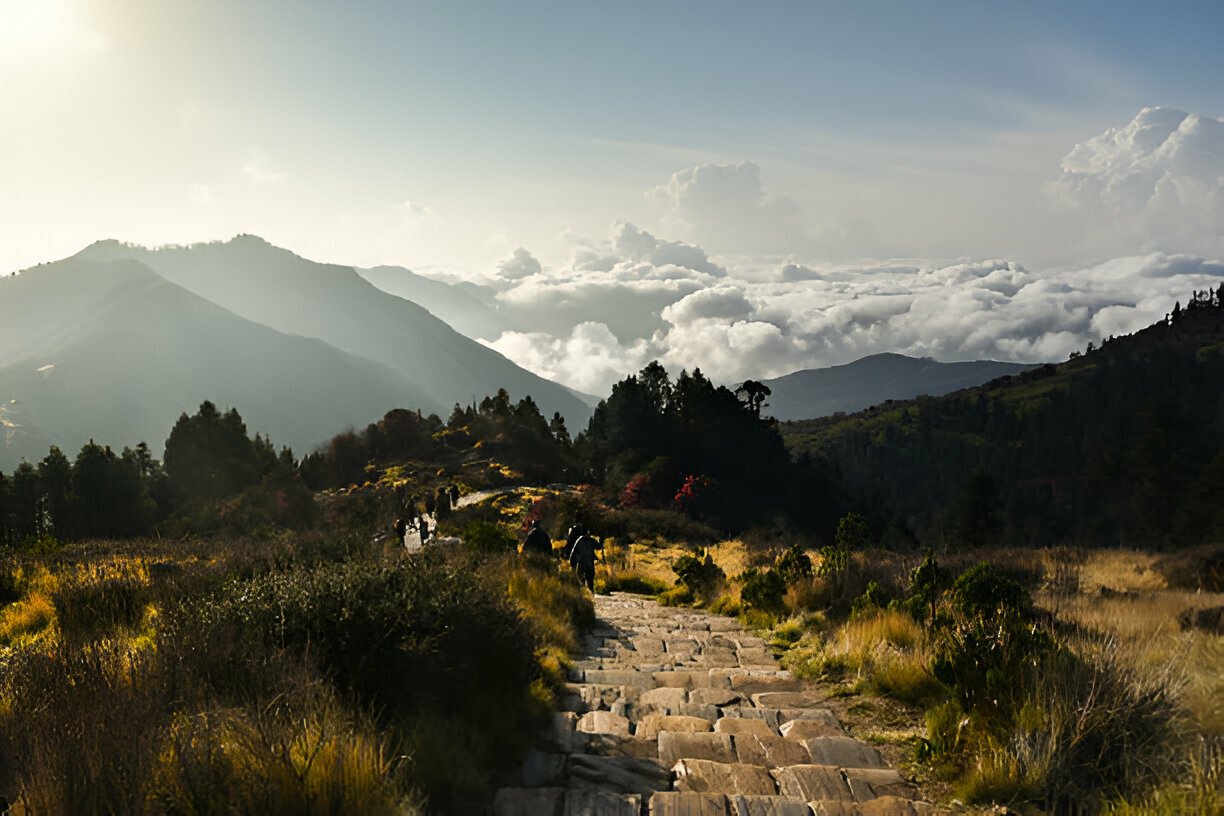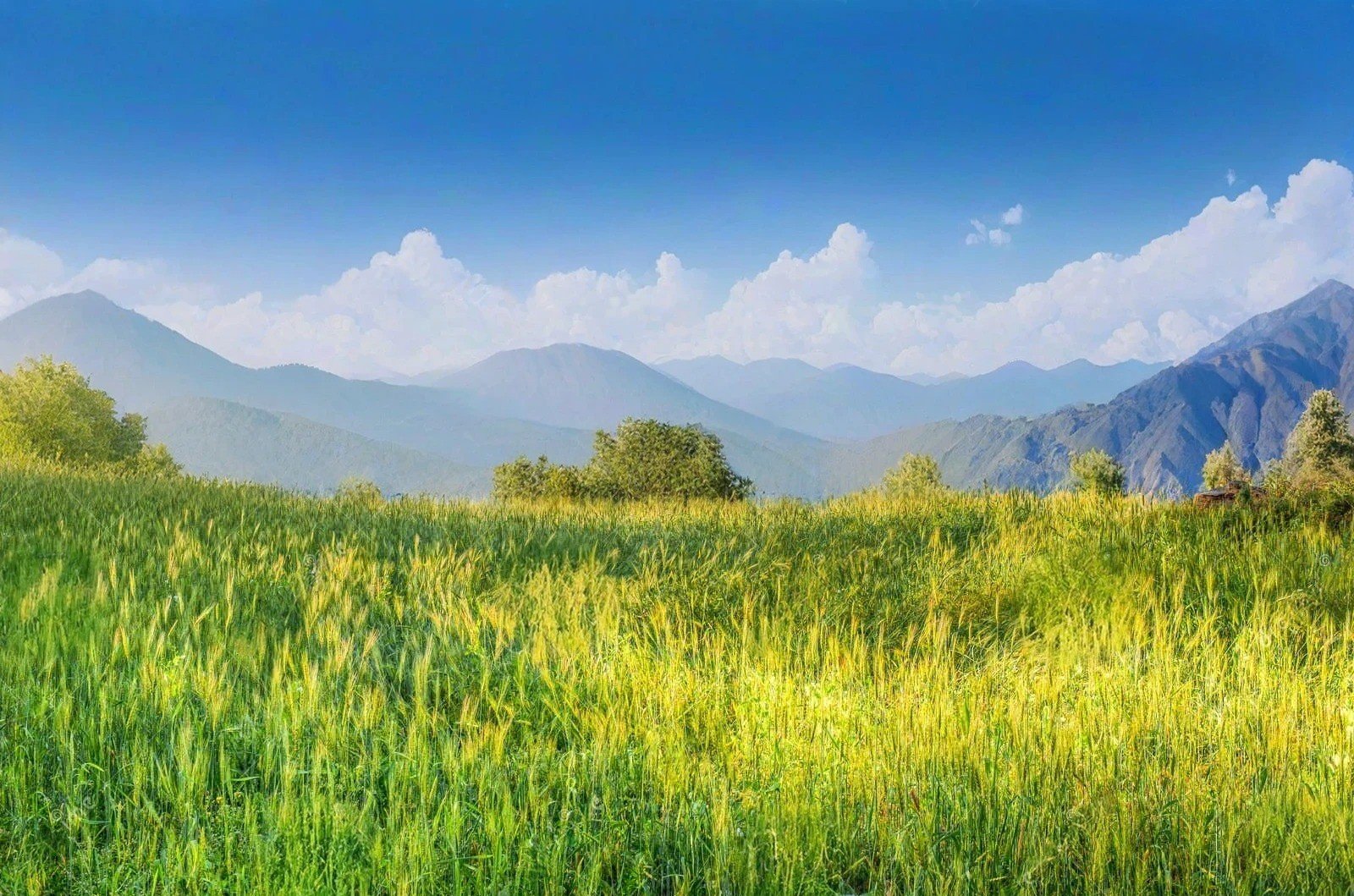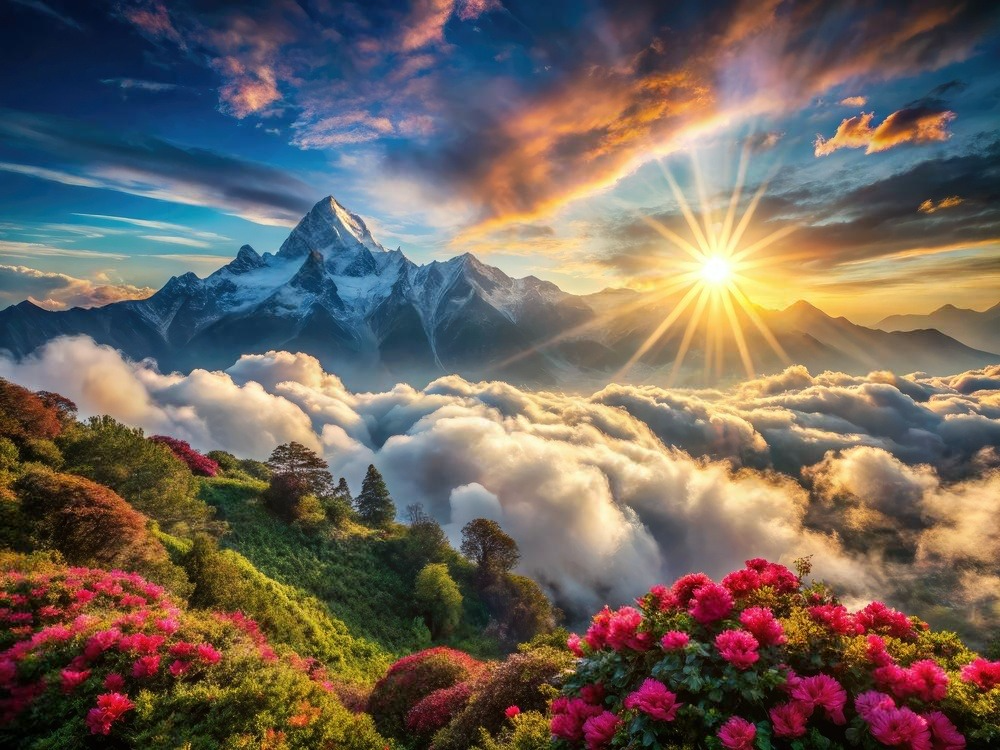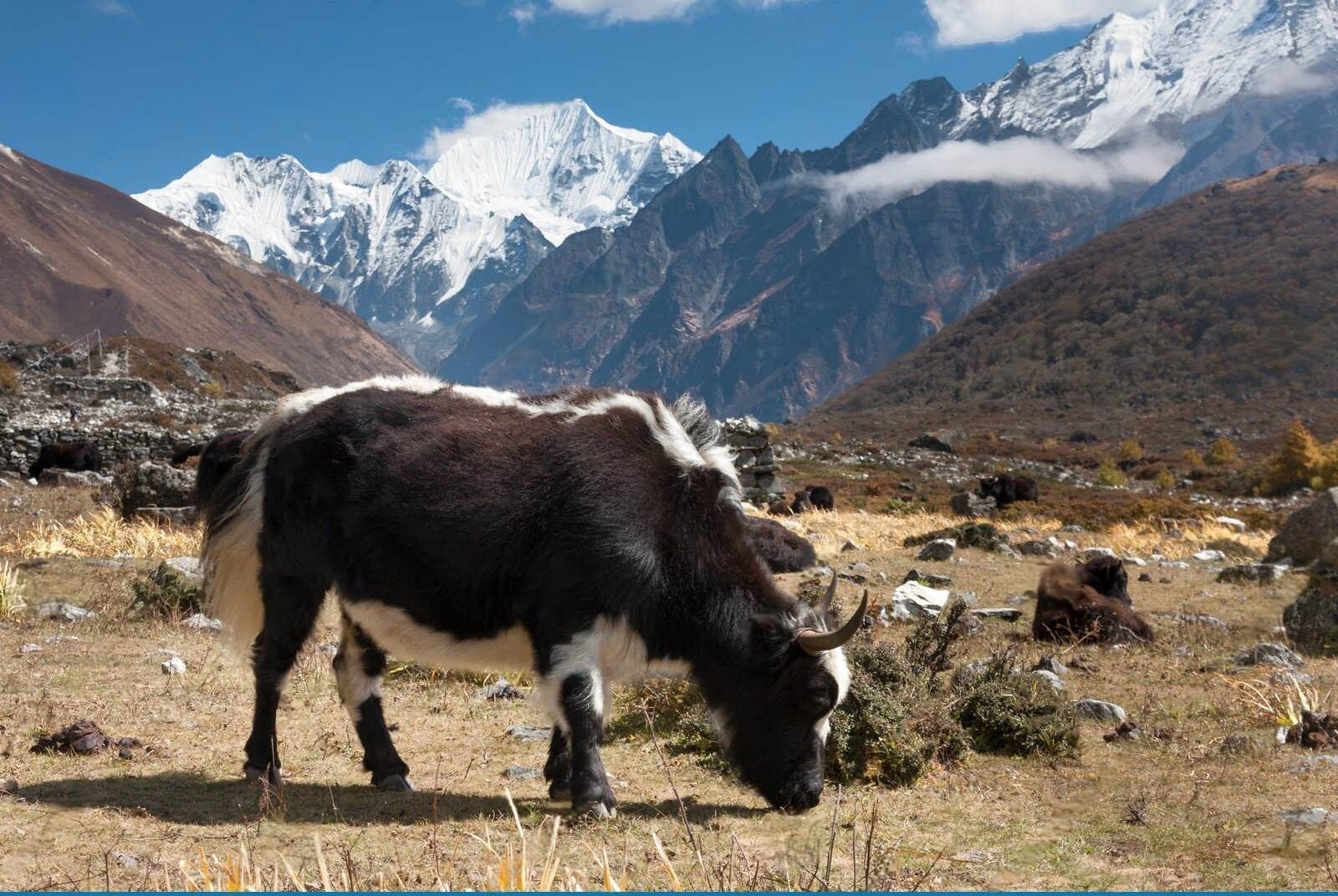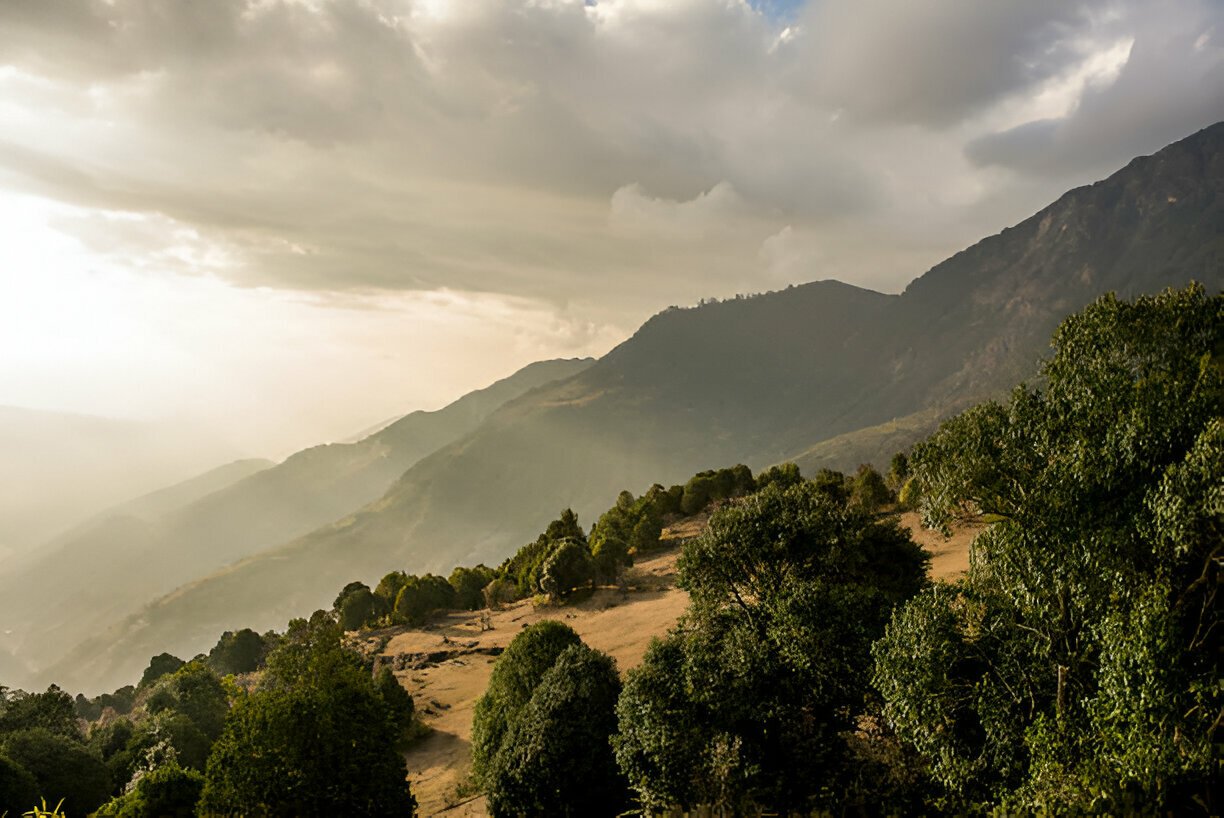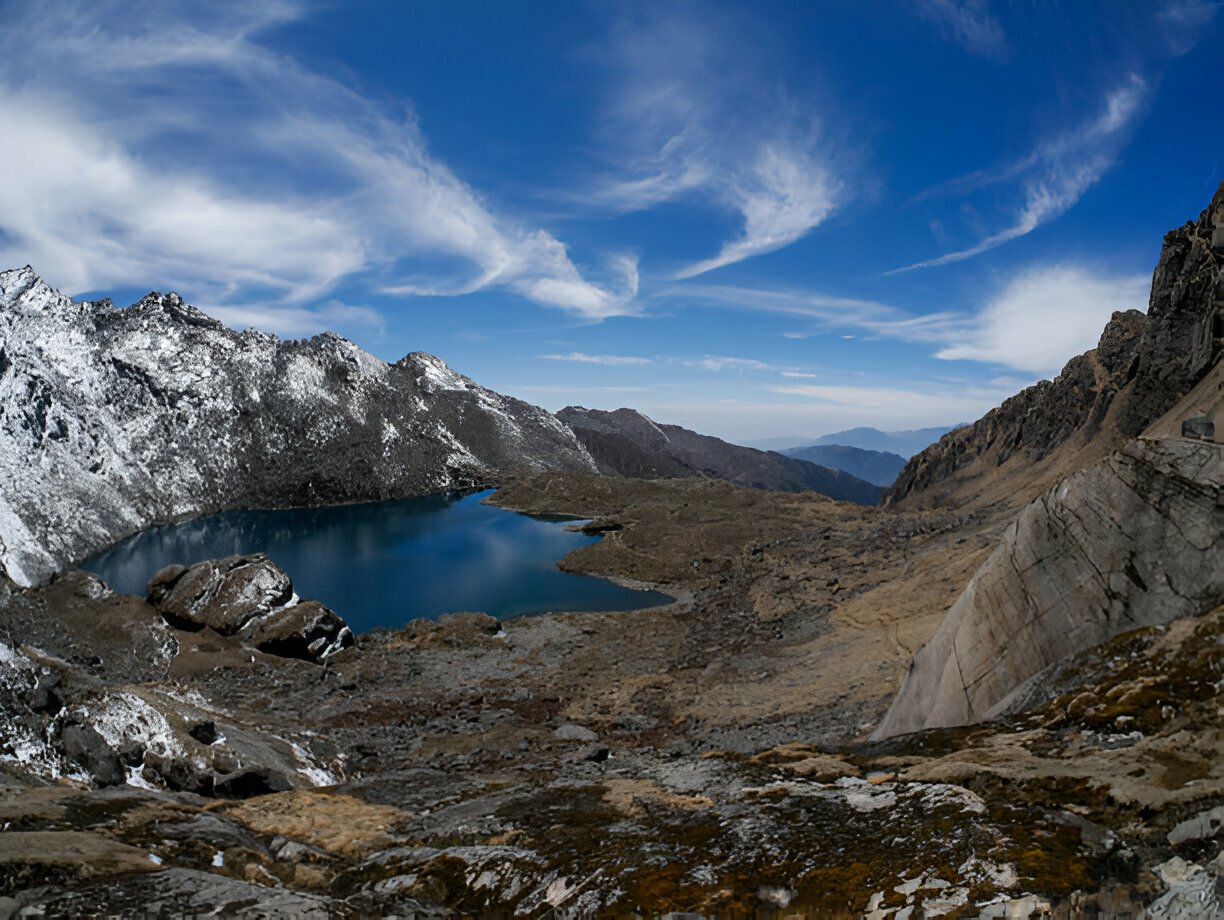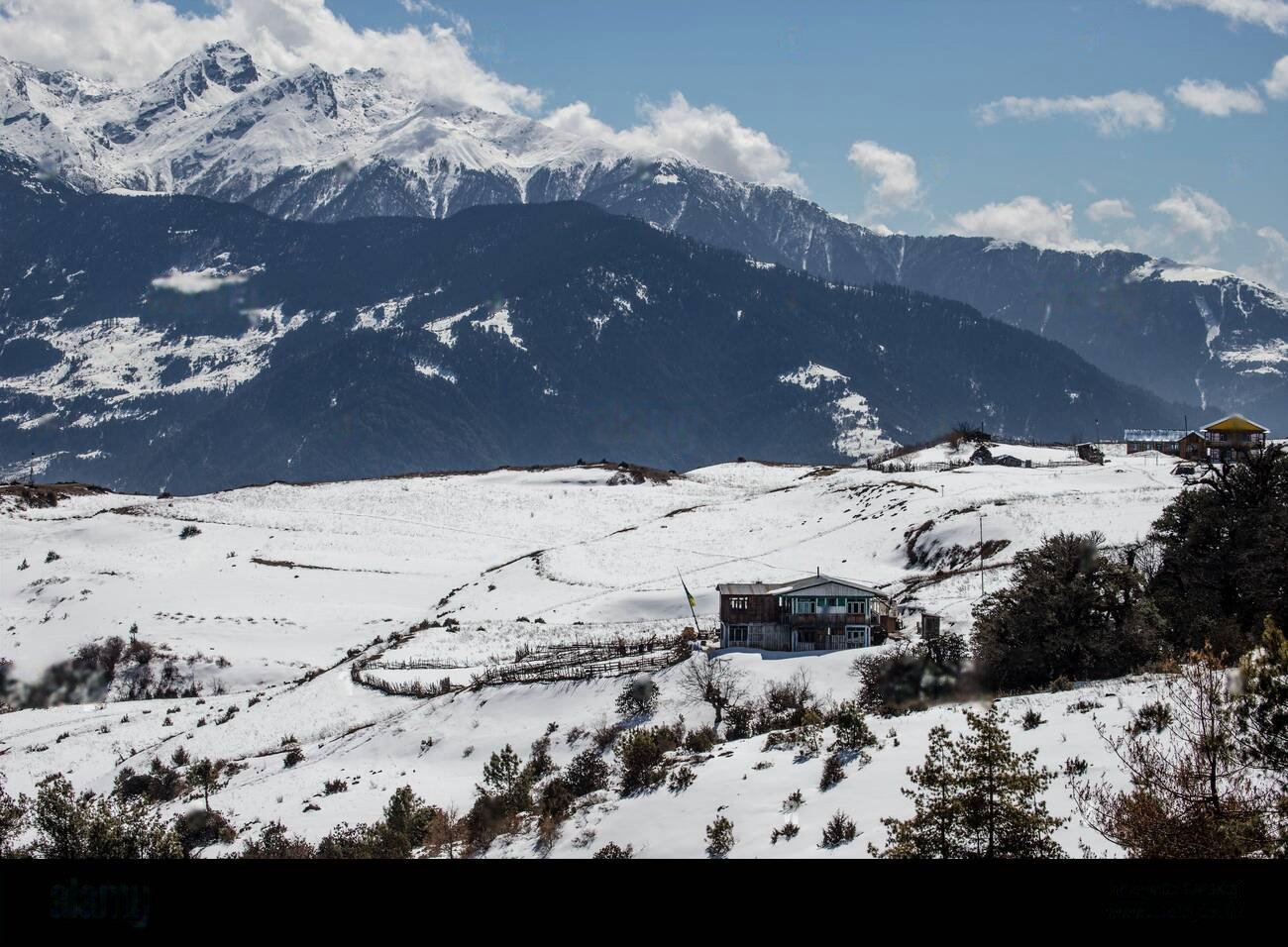 About This Trip
About This Trip
The Kanchenjunga Base Camp Trek represents a profound experience of wilderness immersion and cultural discovery. What makes this trek extraordinary is its pristine nature and the sense of exploration in a region that sees only a fraction of the trekkers who visit other Himalayan destinations.
As you traverse through eastern Nepal, the landscape unfolds in remarkable diversity. The trail begins in lush subtropical forests near Taplejung, with cardamom plantations and vibrant village life. Gradually, the terrain transforms to temperate forests, alpine meadows, and ultimately the stark beauty of the high Himalayan environment. Each day brings new perspectives of Kanchenjunga, which reveals its five-peaked massif (the name means "Five Treasures of the Snow") in increasingly impressive views.
The cultural aspect of the trek is uniquely captivating. The lower regions are home to Limbu and Rai communities with their distinct traditions and animistic beliefs, while the higher settlements show strong Tibetan Buddhist influence. Remote villages like Ghunsa and Pholey offer authentic glimpses into traditional mountain life largely unchanged by outside influence or tourism development.
Physically, the trek challenges participants with sustained days of walking and significant altitude gains. The circuit nature of the trek, which can include both northern and southern base camps, requires good fitness and determination. However, the sense of accomplishment upon reaching these remote base camps, standing where few others have ventured, creates a profound connection with the Himalayan wilderness.
Throughout the journey, the relative solitude compared to more popular trekking routes allows for deeper contemplation and connection with nature. Sharing tea house facilities with local shepherds, conservation staff, and the occasional fellow trekker creates an atmosphere of genuine mountain camaraderie that feels increasingly rare in our connected world.
The Kanchenjunga Base Camp Trek represents a profound experience of wilderness immersion and cultural discovery. What makes this trek extraordinary is its pristine nature and the sense of exploration in a region that sees only a fraction of the trekkers who visit other Himalayan destinations.
As you traverse through eastern Nepal, the landscape unfolds in remarkable diversity. The trail begins in lush subtropical forests near Taplejung, with cardamom plantations and vibrant village life. Gradually, the terrain transforms to temperate forests, alpine meadows, and ultimately the stark beauty of the high Himalayan environment. Each day brings new perspectives of Kanchenjunga, which reveals its five-peaked massif (the name means "Five Treasures of the Snow") in increasingly impressive views.
The cultural aspect of the trek is uniquely captivating. The lower regions are home to Limbu and Rai communities with their distinct traditions and animistic beliefs, while the higher settlements show strong Tibetan Buddhist influence. Remote villages like Ghunsa and Pholey offer authentic glimpses into traditional mountain life largely unchanged by outside influence or tourism development.
Physically, the trek challenges participants with sustained days of walking and significant altitude gains. The circuit nature of the trek, which can include both northern and southern base camps, requires good fitness and determination. However, the sense of accomplishment upon reaching these remote base camps, standing where few others have ventured, creates a profound connection with the Himalayan wilderness.
Throughout the journey, the relative solitude compared to more popular trekking routes allows for deeper contemplation and connection with nature. Sharing tea house facilities with local shepherds, conservation staff, and the occasional fellow trekker creates an atmosphere of genuine mountain camaraderie that feels increasingly rare in our connected world.
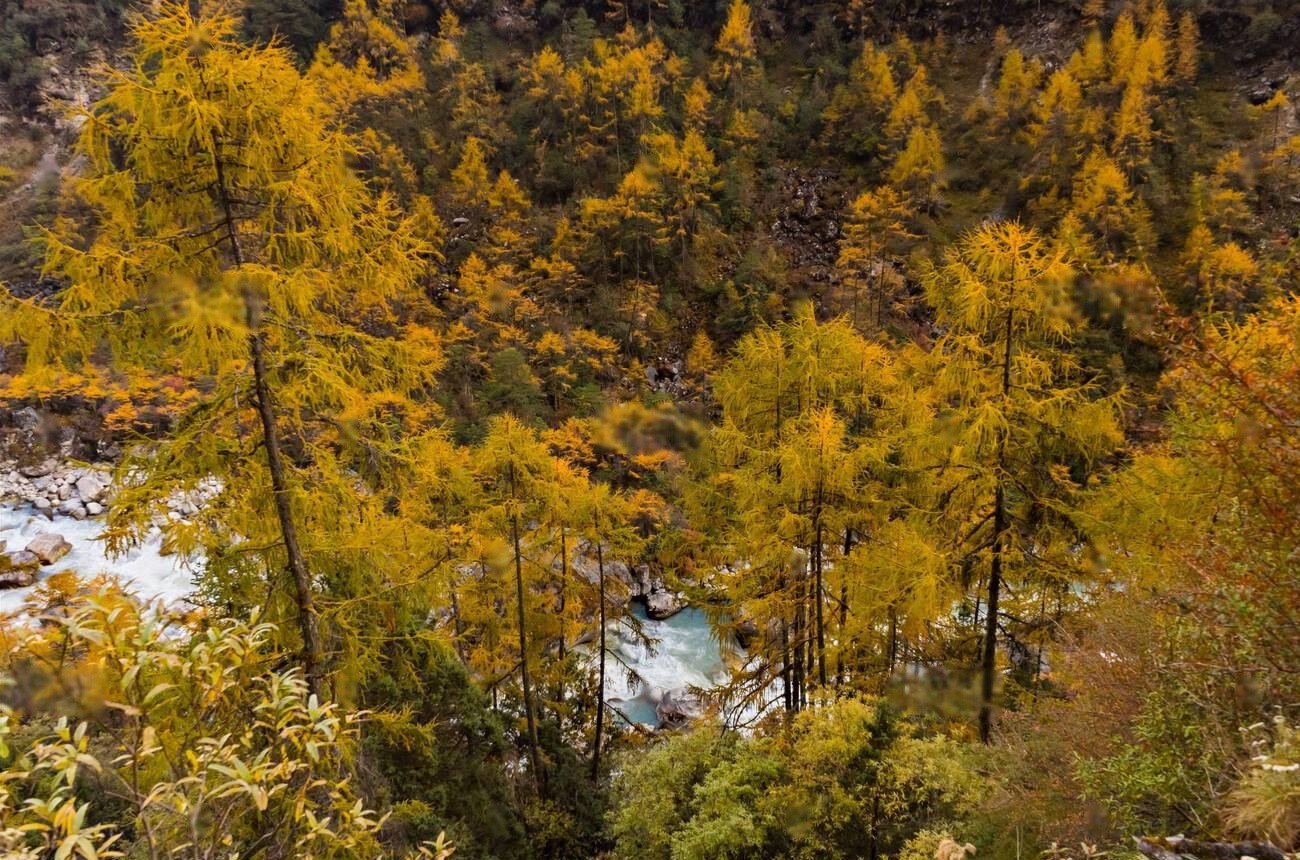
From $0
Price Varies from Group Size
Success
Here goes about why the success toast occurred.
 Itinerary
Itinerary
Arrival in Kathmandu (1,400m)
Fly from Kathmandu to Bhadrapur, Drive to Ilam (1,460m)
Drive from Ilam to Taplejung (1,820m)
Taplejung to Lalikharka (2,265m)
Lalikharka to Khesewa (2,120m)
Khesewa to Mamankhe (2,785m)
Mamankhe to Yamphudin (2,080m)
Yamphudin to Tortong (2,995m)
Tortong to Tseram (3,870m)
Acclimatization Day in Tseram
Tseram to Ramche (4,580m)
Ramche to South Base Camp (4,730m) and back to Ramche
Ramche to Tseram (3,870m)
Tseram to Sele Le (4,290m)
Sele Le to Ghunsa (3,595m)
Acclimatization and Rest Day in Ghunsa
Ghunsa to Khambachen (4,050m)
Acclimatization Day in Khambachen
Khambachen to Lhonak (4,785m)
Lhonak to North Base Camp (5,143m) and back to Lhonak
Lhonak to Ghunsa (3,595m)
Ghunsa to Phale (3,140m)
Phale to Amjilosa (2,498m)
Amjilosa to Sakathum (1,640m)
Sakathum to Taplejung (1,820m)
Drive from Taplejung to Ilam
Drive from Ilam to Bhadrapur, Fly to Kathmandu
Departure from Kathmandu
 Services
Services
Includes
- Specialized bilingual guide with Kanchenjunga region experience
- Private transport and transfers as outlined in the itinerary
- Domestic flights between Kathmandu and Bhadrapur
- Jeep transportation between Bhadrapur, Ilam and Taplejung
- Daily meals on the trek: breakfast, lunch, and dinner
- Services of experienced guides and porters throughout the trek
- All required permits including restricted area permit for Kanchenjunga Conservation Area
- Accommodation throughout the trek (lodges, tea houses and guesthouses)
Excludes
- Additional accommodation due to weather delays or itinerary changes
- Comprehensive travel and medical insurance with adequate coverage for remote rescue
- Gratuities for guides, porters, and trekking support staff
- International flights and entry visa fees for Nepal
- Personal trekking equipment and extreme weather gear
- Extra food, bottled drinks, and personal expenses
 Good To Know
Good To Know
Train 4-6 months in advance with cardio, strength training and loaded hikes, as this trek is more physically demanding than Everest Base Camp. The remote nature means fewer facilities for altitude emergencies, so acclimatize extremely carefully and consider carrying Diamox after medical consultation. Pack comprehensively as there are limited opportunities to purchase forgotten items, and carry sufficient cash as there are no ATMs beyond Taplejung. Respect local customs especially around monasteries and sacred peaks, and understand that communication options are extremely limited with no reliable cell coverage or internet beyond Taplejung.
Wildlife Encounters
Red panda in bamboo and rhododendron forests
Himalayan black bear in forested regions
Blue sheep (bharal) on high slopes
Snow leopard (extremely rare sightings)
Himalayan monal pheasant (Nepal's national bird)
Blood pheasant and various high-altitude bird species
Langur monkeys in lower elevation forests
 Reviews
Reviews
 FAQs (Frequently Asked Questions)
FAQs (Frequently Asked Questions)
Your queries are answered.
Do I need previous trekking experience?
Prior experience with multi-day, high-altitude trekking is strongly recommended. This is not suitable as a first Himalayan trek due to its remoteness and physical demands.
What is the best time of year for this trek?
Mid-October to early December (autumn) offers the most transparent weather, while April to mid-May (spring) features spectacular rhododendron blooms. The monsoon season (June-September) and winter (December-March) are not recommended due to weather conditions.
How does the accommodation compare to Everest region?
Accommodation is significantly more basic, with simple tea houses offering shared rooms, minimal facilities, and limited menu options. Hot showers are rare, electricity is unreliable, and heating is minimal at higher elevations.
Is it a crowded trekking route?
No, Kanchenjunga sees a fraction of the trekkers who visit Everest or Annapurna regions. You might encounter only a handful of other trekking groups during your entire journey, especially in shoulder seasons.
How do I manage the permit requirements?
This region requires multiple permits including the restricted area permit that must be arranged through a registered trekking agency with a minimum of two trekkers plus staff. Independent trekking is not permitted in this area.
What about communication options?
Cell coverage and internet access are extremely limited beyond Taplejung. Satellite communication devices are recommended for emergency contact, and you should prepare family and colleagues for your extended absence from communication.
How much should I budget for the trek?
Beyond the package cost, budget approximately $10-15 per day for additional expenses. While costs for extras are lower than in the Everest region, the longer duration requires adequate cash reserves as there are no ATM facilities once you leave Taplejung.




